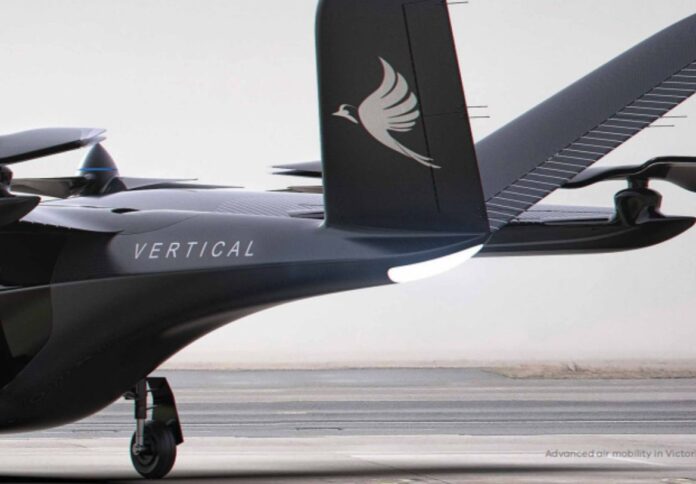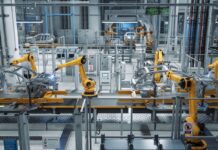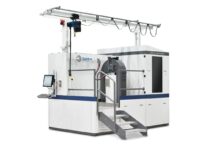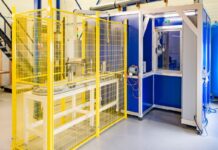
The Victorian government has pledged to support the development of an advanced air mobility (AAM) system as part of an effort to meet its 50 per cent renewable energy goal by 2030.
In its Advanced Air Mobility Industry Vision Statement released Tuesday, the state government outlined its long-term commitment to support the development of next-generation quiet electric aviation technology.
Additionally, the program seeks to encourage the decarbonisation of logistics and transport networks.
The document also highlighted the government’s intent to boost investment opportunities in the state, promising new opportunities in emergency services, health care, regional service delivery, and regional connectivity over the coming years.
The AAM industry is expected to open an array of new investment opportunities and cement Victoria’s position as a world leader in the adoption of sustainable aviation technology.
According to the AAM statement, the government eyes the establishment of partnerships with leading universities across a range of disciplines, including advanced manufacturing, carbon fibre and composites, battery systems and storage, artificial intelligence, digital hardware and software, as well as electric and hydrogen propulsion systems.
The program also seeks to leverage Victoria’s aerospace and manufacturing capabilities, which include advanced composite materials and production, component design, testing and certification, simulation and modelling, software development, platform support, and systems engineering.
The state government is exploring opportunities to support the development of local areas for testing trialling and feasibility studies for AAM technologies.
It also designated Invest Victoria to help businesses find partners with complementary capabilities to test their projects.
The AAM sector is expected to contribute over $2.8 billion to Victoria’s gross state product, create an average of 1,300 new jobs annually, and produce cost savings of $546 million across multiple industries.




















